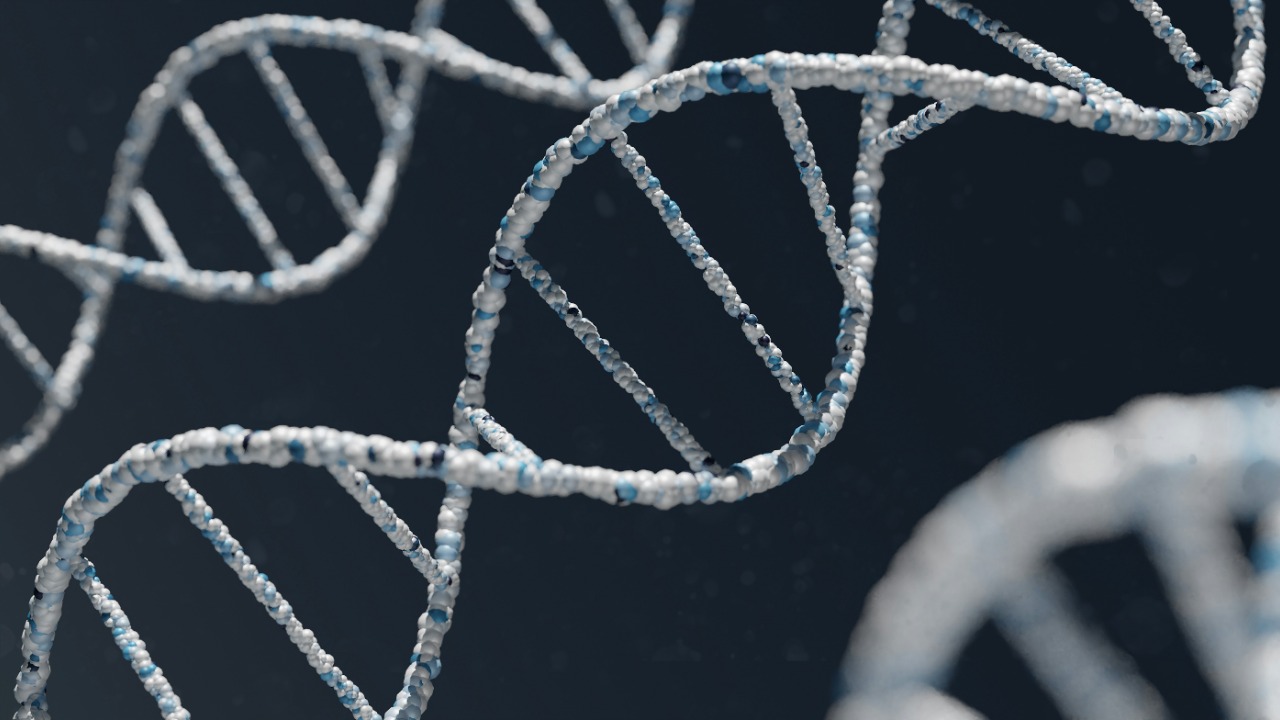
All blue-eyed people on Earth can trace their lineage back to a single ancient ancestor, a revelation that adds a fascinating layer to our understanding of human genetics and evolution. This genetic trait, rooted in a single mutation thousands of years ago, has intrigued scientists and prompted deeper investigations into human ancestry and genetic diversity.
The Genetic Mutation: A Single Spark in Human Evolution

The origins of the blue eye color can be traced back to a specific genetic mutation that occurred between 6,000 and 10,000 years ago. Researchers have identified this mutation in the OCA2 gene, which plays a crucial role in the production of melanin, the pigment that gives color to our skin, hair, and eyes. This mutation, believed to have happened near the Black Sea, alters the gene’s activity, reducing melanin production in the iris and resulting in the blue eye color we see today.
The persistence of this mutation through generations suggests a possible evolutionary advantage or a neutral impact that allowed it to spread. Some theories suggest that the lighter eye color could have provided better visual acuity in low-light environments, while others propose that it simply persisted through genetic drift. Regardless, the genetic change that led to blue eyes is a remarkable example of human evolution’s complexity.
Tracing the Lineage: From One Ancestor to Millions

Modern genetic tracing techniques have allowed scientists to follow the lineage of blue-eyed individuals back to a single common ancestor. By analyzing DNA variations and specific genetic markers, researchers can map out how this trait has been passed down through generations. These methodologies have illuminated the paths of ancient human migrations, revealing how this genetic trait spread across Europe and eventually to other parts of the world.
The spread of blue-eyed individuals is closely linked to ancient migration patterns. As humans moved and settled in different regions, they carried this genetic trait with them. This has led to a diverse range of blue-eyed populations today, from Scandinavia to the Middle East. Additionally, researchers have investigated whether there are correlations between this mutation and other genetic traits or conditions, though results remain inconclusive.
Blue Eyes in Cultural and Historical Context

Throughout history, blue eyes have held various cultural significances. In some cultures, they have been considered a symbol of beauty and rarity, while in others, they have inspired myths and legends. Historical records and archaeological findings provide evidence of blue-eyed individuals in ancient civilizations, offering insights into how this trait was perceived and valued.
Modern perceptions of blue eyes continue to be shaped by cultural narratives and societal beliefs. Despite their rarity, blue eyes are often idealized in media and popular culture. However, this has also led to the proliferation of myths and misconceptions about the origins and implications of having blue eyes. Understanding the genetic basis of this trait helps to demystify these notions and reinforces the importance of scientific inquiry in unraveling the complexities of human diversity.
Scientific and Ethical Implications of Genetic Research

Advancements in genetic research have been pivotal in uncovering the lineage of blue-eyed individuals. These discoveries are part of a broader field of study that continues to evolve, offering new insights into human ancestry and genetics. However, the pursuit of such knowledge also raises ethical considerations regarding privacy, identity, and the implications of genetic research on human populations.
As we continue to explore the genetic underpinnings of human traits, it is crucial to consider the ethical dimensions of such research. The potential for misuse or misinterpretation of genetic data underscores the need for responsible scientific practices and public discourse. Looking ahead, future genetic studies may reveal even more about the intricacies of human history and the diversity that defines our species.
Understanding Human Diversity Through Genetics

The discovery of the blue-eyed mutation is a testament to the broader picture of human genetic diversity and evolution. It highlights the interconnectedness of human populations and the shared genetic backgrounds that unite us. These genetic links remind us that, despite our differences, we are all part of a complex tapestry woven through millennia of evolution.
As we deepen our understanding of genetic diversity, the implications for studying human evolution and migration patterns become increasingly significant. By piecing together the story of our genetic past, we gain valuable insights into the forces that have shaped human history and continue to influence the present. This knowledge not only enriches our understanding of who we are but also fosters a greater appreciation for the diversity that defines humanity.